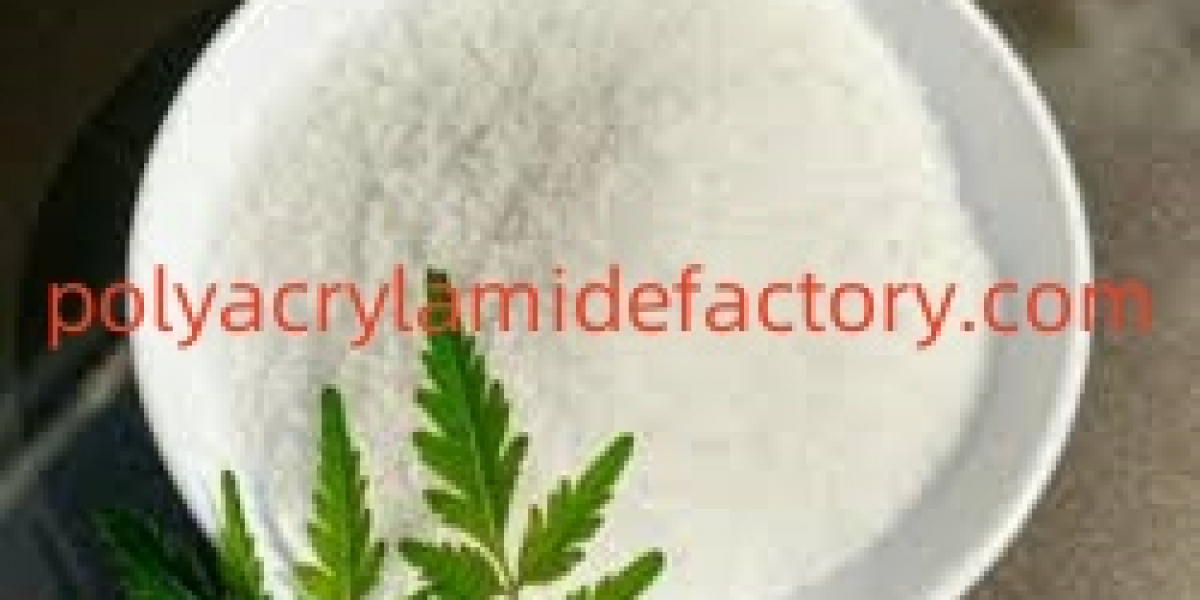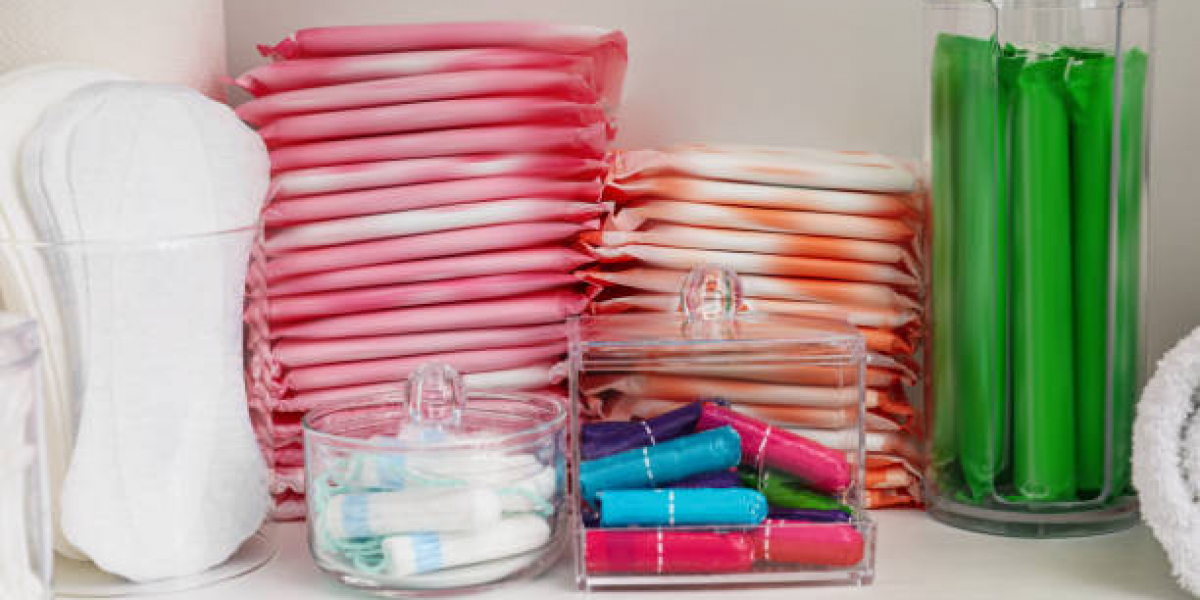In many industries handling separation, treatment, or conditioning processes, the choice between cationic polyacrylamide emulsion and its powdered alternative can significantly influence operational strategies. The emulsion form provides immediate solubility and easier handling in specific setups, which is why it remains an option for companies aiming to simplify preparation and reduce downtime. However, powders carry their own advantages depending on storage, delivery, and overall plant design.
Powdered products are often valued for their stability in packaging and their ability to withstand longer transportation cycles without risk of phase separation. The trade-off usually involves additional time during hydration, requiring tailored mixing systems to fully unlock performance. For smaller facilities or for projects where storage space is limited, powders may be viewed as the safer investment. By contrast, the emulsion option, though more sensitive to conditions, integrates quickly and reduces preparation requirements, saving operators from managing extended dissolution procedures.
One factor often overlooked is the labor element. Technicians familiar with emulsions can work with shorter preparation windows, while powders demand careful batch planning. This dynamic shifts depending on the scale of the operation. Larger operations may find the powder suitable due to bulk handling advantages, whereas smaller or decentralized setups often prefer the fast-acting emulsion format.
From the perspective of Hengfeng, clients frequently compare these two versions not only based on performance but also considering logistical planning. For example, organizations working in remote environments might avoid emulsions if reliable climate control is not available, since temperature swings could affect stability. On the other hand, teams looking for consistent dosing without complex mixing equipment may see emulsions as the practical fit.
Another layer to the decision process involves environmental considerations. Emulsion systems usually require specific handling measures after use, while powders minimize residuals during storage. The selection therefore connects directly with sustainability planning and internal policies on waste reduction.
Customers often ask: which one reduces cost in the long term? The answer depends on their unique operational design. Facilities equipped with advanced mixing and feeding systems may lean toward powder because the upfront preparation is manageable. Sites with limited infrastructure may select emulsion to avoid investing in additional hardware. HENGFENG advises that no universal solution applies, and that the proper choice comes from balancing preparation time, storage convenience, worker training, and intended application.
For businesses comparing both forms, it is not about finding which is universally better but about understanding where each offers real value. The decision is rarely technical alone; it also involves logistical, financial, and environmental assessments. That is why brands like Polyacrylamide Factory continue providing tailored options so that each buyer can match the format to their exact working environment and goals. To see available types and make selection easier, visit https://www.polyacrylamidefactory.com/news/industry-news/cationic-polyacrylamide-emulsion-applications-benefits-and-more.html and view detailed product information specific to emulsion and powder formats.














